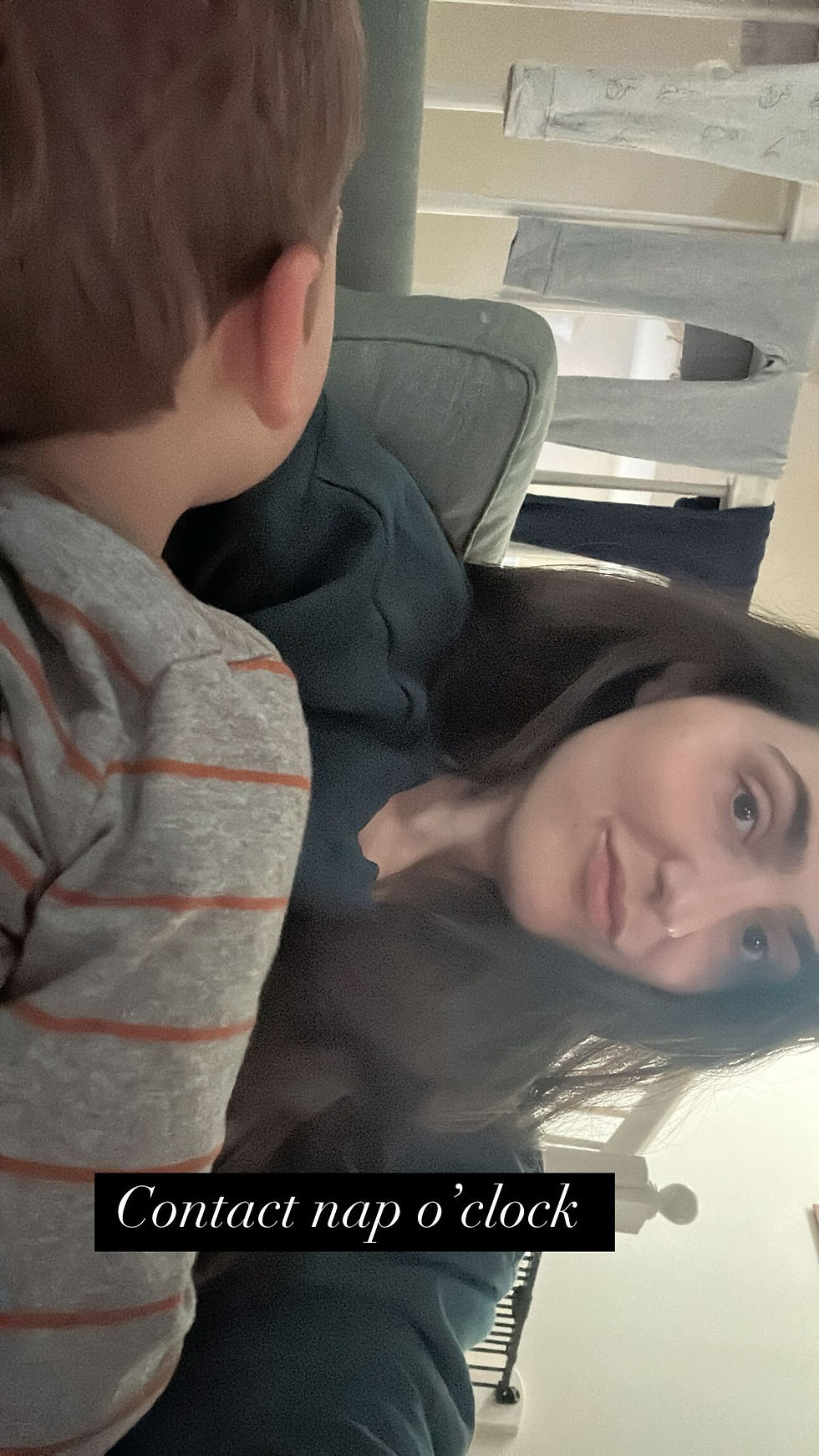Why Kids Counting Toothbrushes Is More Controversial Than TikTok
- arielbmendelson
- Sep 16
- 2 min read

The other day in Costco, my toddler was sitting in the cart, counting toothbrush heads and asking my husband if he got the number right. A stranger stopped us to say, “What great parents you are!” At first, I laughed—why praise a kid for counting? But then it hit me: it’s sad that this is remarkable. In today’s world, the norm isn’t curiosity or engagement—it’s a screen.
And science is showing us just how costly that shift is. For children under five, just a little more screen time raises the odds of social-emotional delays by 24%—including hyperactivity and emotional struggles (PubMed, 2024). Kids who use devices heavily between ages 12–36 months show less peer play and more developmental delays across language, motor, and social skills (PMC, 2022).
By the tween years, the numbers are even more sobering. One U.S. study followed nearly 12,000 kids: daily social media use jumped from 7 minutes at age 9 to 74 minutes at 13, alongside a 35% increase in depressive symptoms (Washington Post, 2025). And teens spending 4+ hours/day on non-school screen time are far more likely to report anxiety, depression, ADHD symptoms, and behavior problems (arXiv, 2025).
But it’s not just about mood. When kids grow up primarily attached to screens and peers rather than parents, the long-term social costs are enormous. Early, heavy screen use predicts weaker social skills: empathy, cooperation, conflict resolution, even the ability to read facial expressions (CDC, 2025). A cycle forms—children who struggle socially lean on screens for escape, which only worsens the struggles (Global News, 2024).
This matters when we talk about violence, too. Exposure to violent media normalizes aggression and reduces sensitivity to it, while kids with poor emotional regulation are more vulnerable to acting out (Brown Health, 2025). While no single factor “causes” school shootings, researchers point to the dangerous mix of excessive screen use, social isolation, impaired empathy, and peer-driven validation as a high-risk environment for some youth.
So what’s the solution? A clear, unapologetic no. No to social media. No to violent video games. No to unlimited tablet use– especially when unsupervised. Practice what you preach—your own brain will benefit if you delete your socials, too. Kids need parents who model presence, resilience, and curiosity in real life. They need unstructured play, boredom, and connection. Even something as small as counting toothbrushes in a Costco cart.
In the age of screenagers, curiosity beats scrolling every single time.
If you’d like to discuss ways to digitally detox your child, teen, yourself, or your whole family, contact me for a free 15-minute phone consultation to see how I might be able to help.





Comments